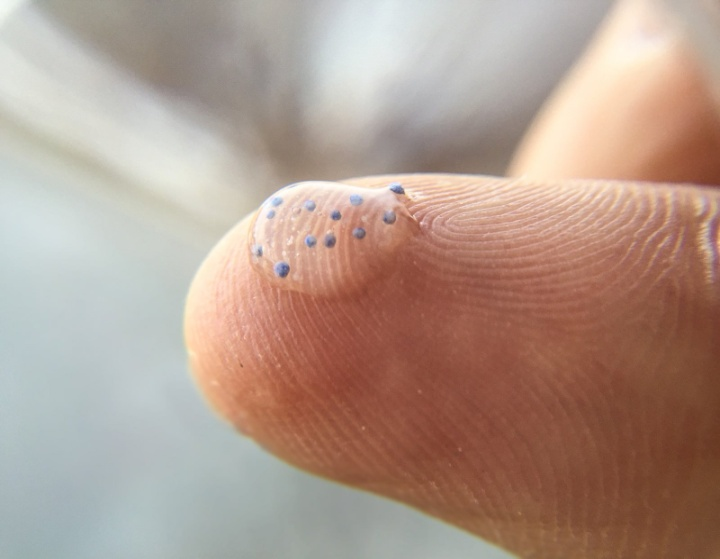As we are going through “Plastic challenge: Consider reducing all plastics” at Michigan Tech, we are all encouraged to reduce our use of plastic. Here’s a summary on where plastic came from and how it was invented.
Leo Baekeland was a Belgian-American chemist born in 1863 and had a PhD at the age of 21. He had an interest in photography that led him to invent photographic paper which is called “Velox.” This photographic paper can be developed under artificial light. Baekeland later sold his Velox paper to Kodak for a million dollars. With the amount of money he got from Kodak, Baekeland built his own personal lab.
In the late 1800s, many chemists were trying to form a new synthetic material with the help of both phenol and formaldehyde. A chemist named Adolf von Baeyer succeeded in creating a “black gunk” which he considered to be a failure.
Seeing others failing in the formation of a new synthetic material, Baekeland studied Baeyer’s experimental results and started to modify the variables. Baekeland finally made something useful, which is now known as plastic even though at the time he named the new material “Bakelite.” Baekeland finally patented his invention in 1909.
However, laboratory experiments reports by the National Cancer Institute (NCI) in 1980 concluded that formaldehyde exposure caused nasal cancer in rats. So, it was clear that the early experiments by the chemists show that the chemicals used in the early form of plastic were dangerous.
Today, we use plastic every day in some form or the other. Even though plastic is useful for us, it causes many problems for the environment. In Jan. 2018, researchers found that there are 1.1 million microbeads, tiny plastic beads, per square kilometer in Lake Ontario alone. It is also known that around 100 billion plastic bags are used in U.S every year. The use of plastic bags is completely banned in only two states: Hawaii and California.
Plastic usage could be reduced by carrying reusable shopping bags, cutting short the usage of sodas and plastic bottle beverages, reusing your own food ware, avoiding purchasing goods with plastic packaging, carrying your own bottles when travelling and using renewable, biodegradable, recyclable fiber materials.


